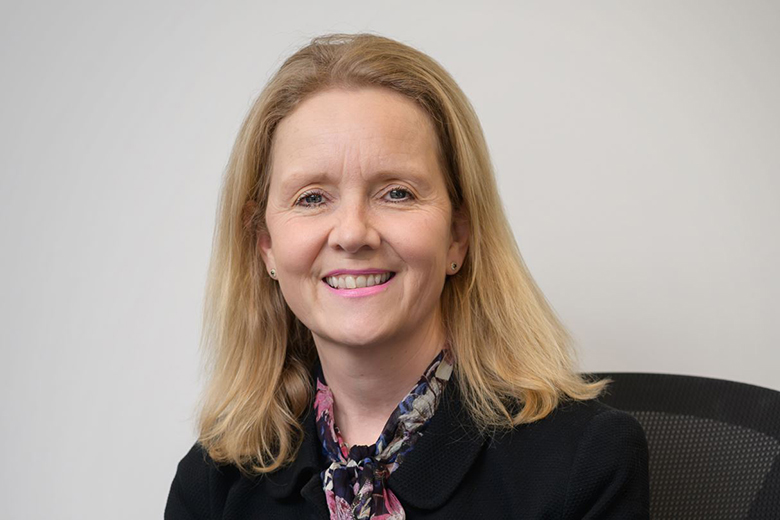Aged care providers in Hawke’s Bay are haemorrhaging funds in terms of losses per bed, just as the number of residents needing aged care significantly rises, shows a new report.
An interim report developed by Ansell Strategic shows aged care providers in Hawke’s Bay are reportedly averaging a loss of -$10.20 for every resident they care for, every day.
Aged Care Association (ACA) interim CEO Katherine Rich told BayBuzz many aged care facilities in Hawke’s Bay were struggling, and due to the issues plaguing the sector they were being forced to close beds.
She is calling on the Hawke’s Bay councils and local MPs to support ACA’s campaign for a substantial increase in government funding for all Aged Residential Care facilities.
From January 2022 to October 2023, 28 aged care beds in the region have closed, while demand rises unabated.
“In Hawke’s Bay, the aging population means demand for aged care beds is expected to grow by 97% by 2041/42,” Rich said.
“While there are currently 1,451 aged care beds available in Hawke’s Bay, 1,400 more will be needed to cover the expected demand by 2041/42.”
Rich said the reason for profit decline was that contracted bed-day rates at each level of care had not kept pace with the cost of providing aged residential care (ARC).
She added that since Ansell Strategics’ previous financial study of the ARC sector, in 2018, the cumulative rise in the aged care price index was 56%, but the rise in the bed-day rate was only 35%.
“Some ARC providers, owning newer facilities, have been able to partially reduce the impact of this decline on their bottom-lines through introducing or increasing accommodation supplements (premium accommodation charges) paid by residents in ‘premium rooms’,” Rich said.
“Providers owning older facilities with smaller rooms, facilities located in lower-income areas, or charitable providers who prioritise equity of access do not have the opportunity to introduce accommodation supplements.”
She said if this trend continued ARC homes, particularly those dependent on the bed-day rate alone for revenue, would continue to scale down the beds they provide, and would close.
“Hawke’s Bay ARC beds at Rest Home Level, and Hospital Level are already at 95% occupancy,” Rich said.
“We expect equity of access issues to become more acute in dementia residential care, unless the contracted bed-day price increases to a level that restores a break-even return on capital invested.
“Without this, we expect the supply of ‘standard’ beds (i.e., beds that cost the government or resident the contracted bed-day rate alone) to stagnate, at best, or decline, more likely.”
This would, consequently, make it increasingly difficult for elderly Hawke’s Bay residents who have high support needs to make a timely transition from home support or public hospital to residential care.
Realistically speaking there isn’t a way for Hawke’s Bay to meet the demand on its own, she said.
“Hawke’s Bay can’t meet the demand at a regional level, as the annual ARRC (Age Related Residential Care) contract is negotiated at the national level between the Aged Care Association on behalf of the ARC Sector, and Te Whatu Ora.”
If the demand is not met there would be more high-needs older people living at home.
“There will be a cost to government through increased cost of home support contracts,” Rich said.
“The more serious impacts will be on unpaid carers, generally family members, more of whom will be expected to care for the older family members. This may involve forgoing opportunities for paid employment. But often unpaid care is given by spouses or partners who are themselves elderly.
“Another consequence is that if elderly people are in public hospital but cannot find a vacant ARC bed, they remain in hospital which has impacts the access to hospital beds for Hawke’s Bay residents of all ages.”
Public Journalism funded by NZ on Air

